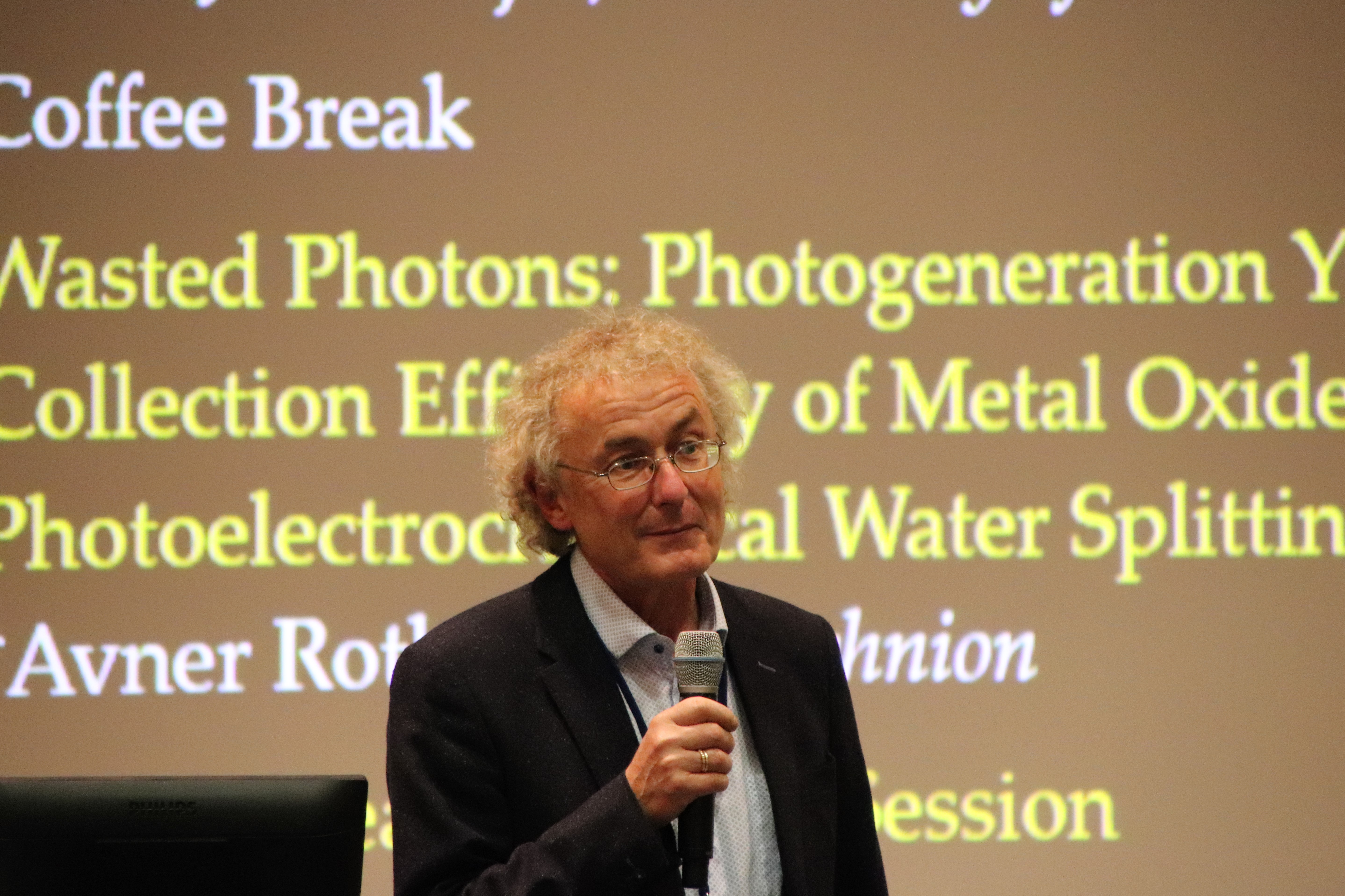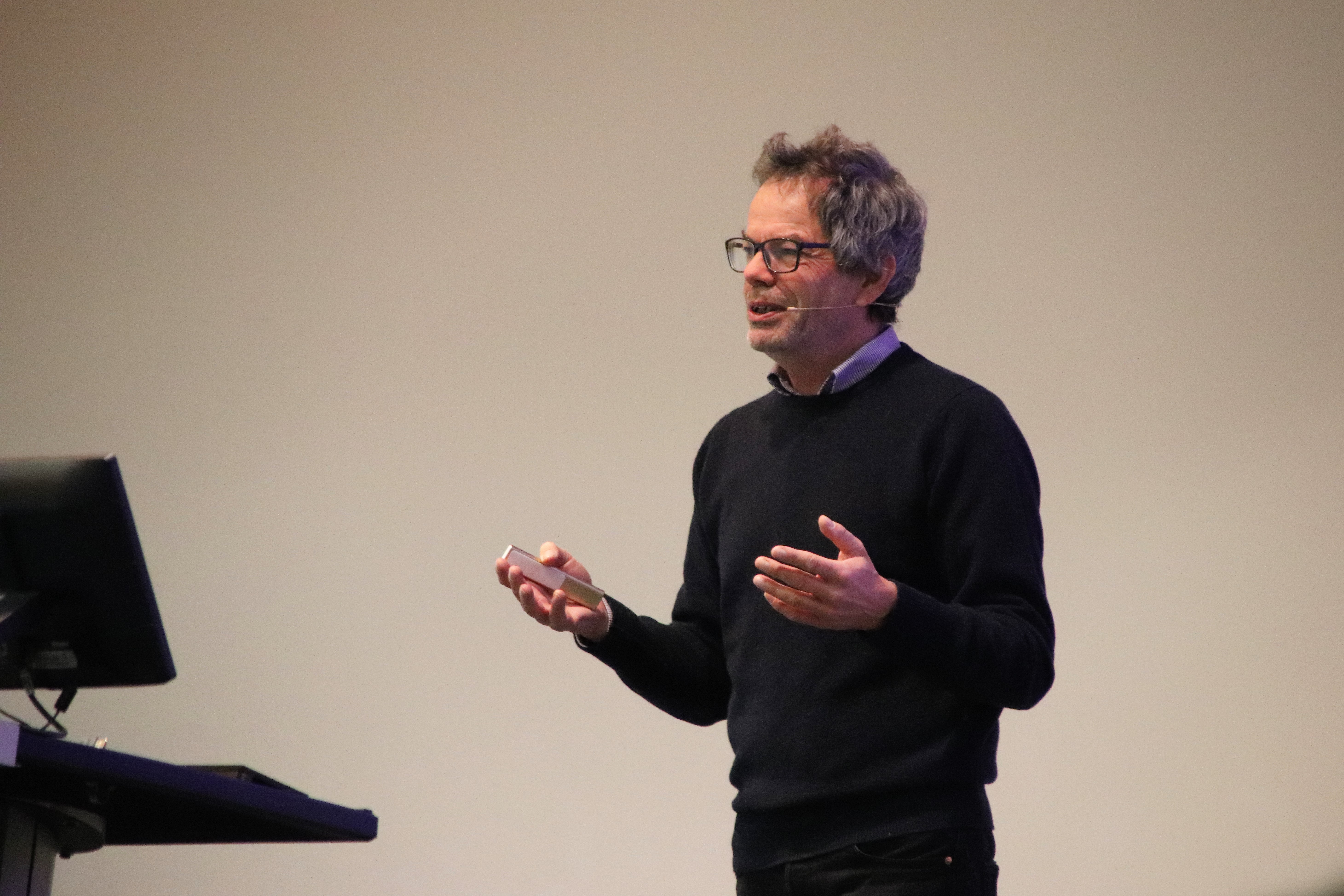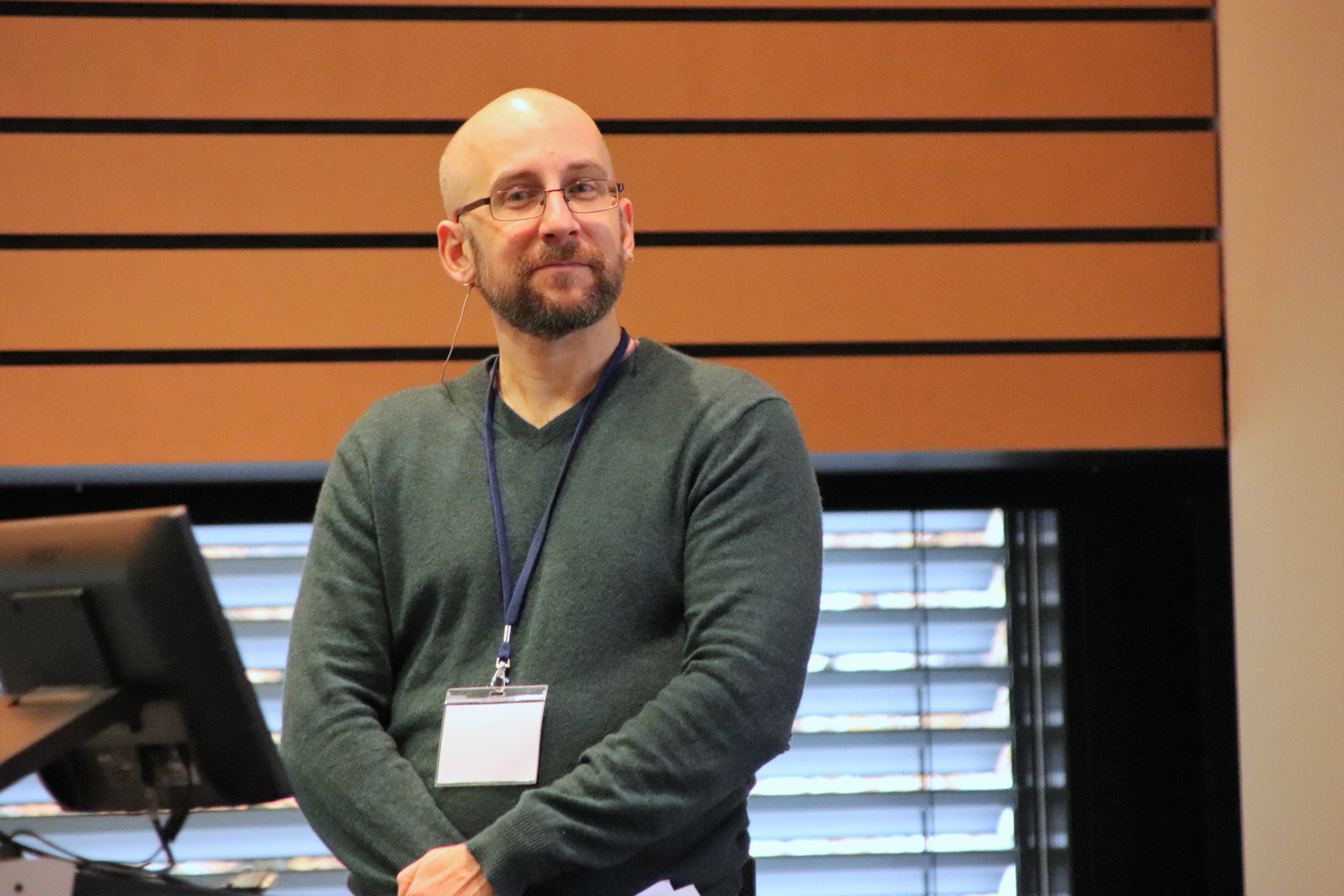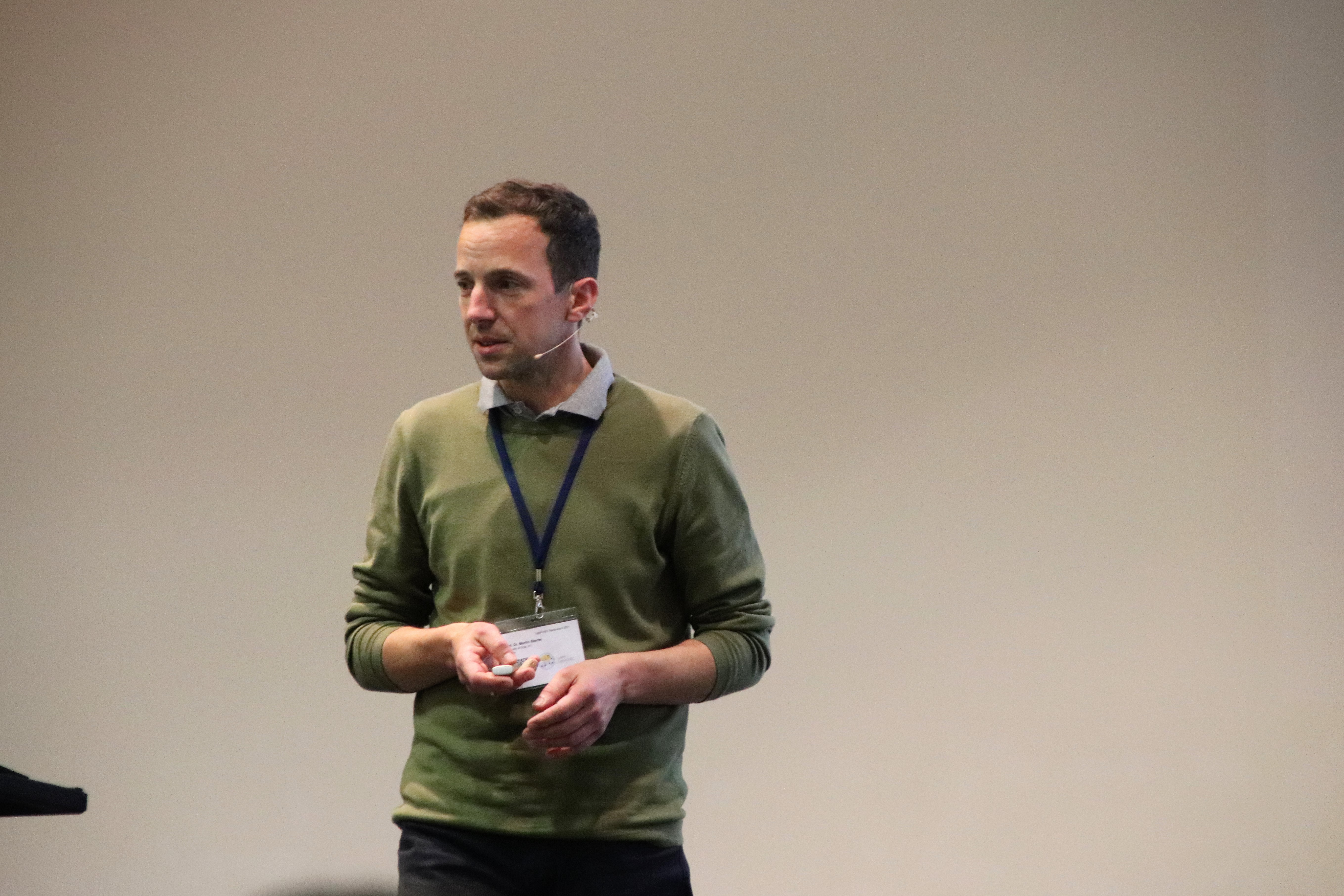Symposium 2021
Lookback
The 2021 URPP LightChEC Symposium was truly closing a full (solar) research cycle. We are grateful to our amazing speakers – both on stage and online – for showing us their progress on so many frontiers of artificial photosynthesis!
The day started with molecular systems for water splitting: Dr. Caroline Gimbert Suriñach (Universitat Autònoma de Barcelona, Spain) presented breakthrough insights into the mechanisms of Ru-based and related high performance water oxidation and reduction catalysts - and how to apply this impressive molecular variety for constructing high performance devices.
To this end, understanding the interaction of molecular catalysts with solvents is crucial as well, and Prof. Evert Jan Meijer (University of Amsterdam, Netherlands) impressively demonstrated the power of molecular dynamics (MD) methods to fully grasp the role of protic solvents in vital steps such as proton transfer on the way to a full mechanistic, energetic and kinetic description.
The following three talks covered central "solid" tools for artificial photosynthesis. Prof. Avner Rothschild (Technion, Israel) started with presenting his comprehensive analyses of hematite (Fe2O3) photoanode thin films with respect to their efficiency of charge carrier collection and the related photogeneration yield spectrum. His approach literally went to the limits of hematite, with further impact on other photocatalytic solids.
Prof. Martin Sterrer (Karl-Franzens Universität Graz, Austria) proceeded with ultrathin oxide films and showed fascinating insights into his scanning tunneling microscopy and photoemission spectroscopy/tomography arsenals to understand the central phenomenon of charge transfer, along with surprising transmetalations between organic semiconductor molecules and ultrathin MgO films.
Next, Dr. Timmy Ramirez-Cuesta (Oak Ridge National Laboratory, USA) covered an essential new analytical VISION - the ORNL vibrational spectrometer working with neutrons instead of photons to probe molecular vibrations. This pushes the boundaries of familiar optical spectroscopy and opens the door to monitor key aspects of (water splitting) catalysis, such as hydrogen bonding and surface adsorption.
Finally, Dr. Jenny Zhang (University of Cambridge, UK) closed the circle with bridging natural and molecule-assisted photosynthesis. Starting from wired natural photosynthetic components on electrodes, she now constructs entire biochemical platforms with living cells. These innovative bio-hybrid electrode setups via flexible 3D printing techniques can further advance environmental and agricultural sensing.
Her outlook into the world of bio-hybrids rounded off the full spectrum of central artificial photosynthesis areas in this rich symposium program.
We were left with enormous "food for thought": Which of these directions will we take for water splitting on a larger scale? The global market for green hydrogen will grow immensely in future years, also in Switzerland. The symposium showed that we now hold the key to understand and optimize almost all aspects of artificial photosynthesis – from minerals such as iron oxide over tailored molecules to live bacteria.
Greta Patzke






